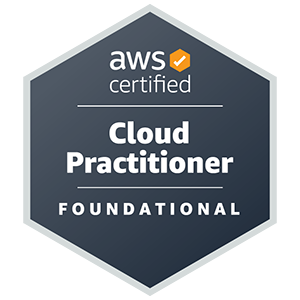The Big 2017 Amazon Web Services Migration (and a crash)
11 Dec 2017Early this year I developed a plan to modernise how I hosted websites and protect them against downtime. Since 2002 I have used very expensive and powerful co-located servers in an Australian datacenter. These were due to be replaced so I started speccing hardware and getting prices... until I saw what Amazon Web Services can do.
The biggest problem with hosting websites is that the amount of visitors can vary a lot during the day and between days of the week. Traditionally, you choose hardware that can handle a peak load that you think you might get. You can never be completely sure, and you are still restricted by the speed of the internet connection to your server.
Amazon Web Services solves that problem by allowing you to purchase multiple virtual servers in their infrastructure and automatically starting or stopping them as required. To describe it simply, if there is a sudden increase in visitors then AWS starts a new copy of your website to handle it. When the number of visitors decreases again AWS will stop that copy. This means websites can expand and contract instead of crashing.
I was also very excited to find that I could locate these web servers in datacenters close to Facebook, Google and other providers of data that I used. If I made a website that needed on-the-fly access to Facebook's data, for example, I could locate that website near Facebook's computers. That meant calls to Facebook's Graph API did not have to go over international internet connections any more. My testing showed a dramatic increase in speed for social media connected websites.
But the modernisation did not stop there. I was already starting to use Cloudflare so that my websites were safe (I have raved about that elsewhere), then I added a service called Cloudinary to optimise website images, added a cloud-based form builder to make web forms easier to build and protect from spammers, improved the integration between TimelineCMS and all the major social media platforms, and then I linked it all together to make the best website hosting infrastructure available today. I tried it out on the New Game Plus website and the results were even better than I hoped. Here was a load-balanced, auto-scaling website that got almost all its data from Facebook and Google, and it was rock solid and fast. I knew I had made something special.
When everything was ready, and my migration process has been streamlined, I started migrating all the sites on my old servers to my new system. The aim was to have everything moved by the end of this year. As you can imagine, I have built up quite a portfolio of hosted websites since I started in 2002 so it was a massive job.
Then in early December the old server finally died. This is what I had been planning for, but there were about a dozen sites still left to migrate. Fortunately, due to all the hard work done over the last 11 months, most people did not notice. Well, they probably noticed that their site was a lot faster! I was able to switch almost every site over without a major hick-up.
After a sleepless week of working with IT providers and double checking everything, the plan I started in early 2017 is finally completed. Every site I have set up and hosted is now on a rock-solid, blazing fast, cutting edge hosting platform that will be one of the world's best for years. Yes, I know that is a big claim. Have a look at some of the sites running on it and you will see why I am so confident.
Now I start working out what I can improve for you in 2018. :)








